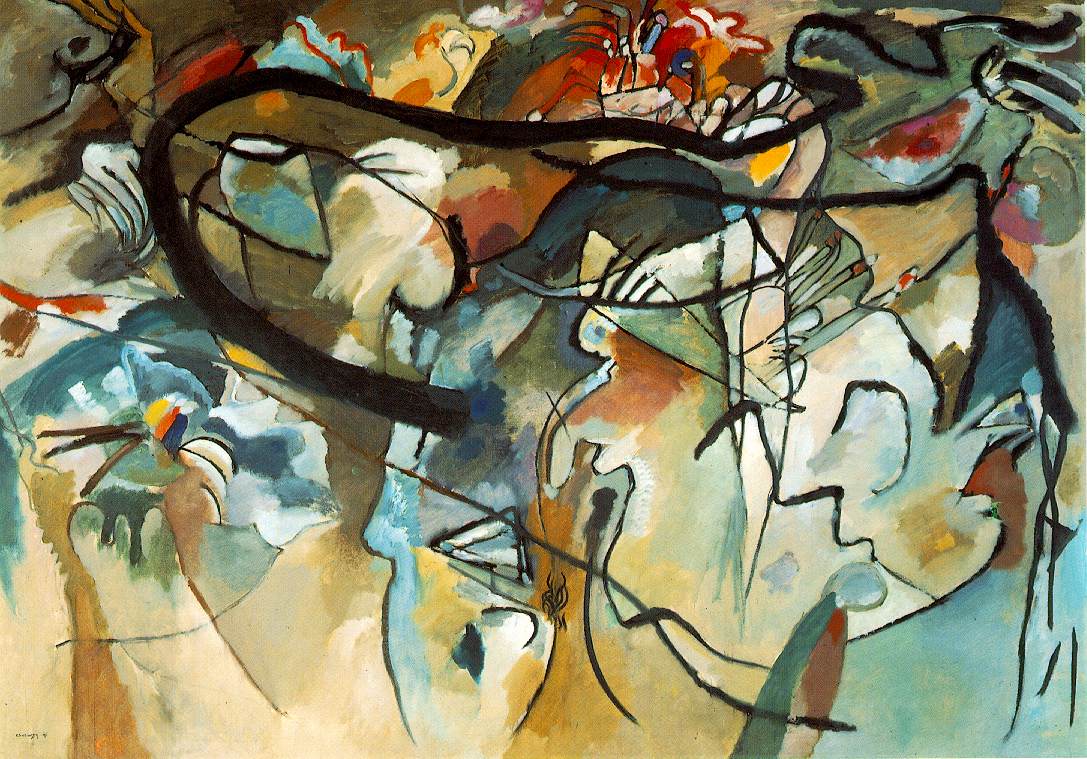I saw a theatrical piece tonight that didn't work. A piece done on a symphonic scale with beautiful music and orchestrations, but it just washed over me.
The problem was that the characters kept singing what they were feeling - and nothing happened, They didn't 'move' through an emotional process - they just stood there and THROBBED at me. And the music, as beautiful as it was, did not move me because the context of the music's emotions had not been established.
Claude Monet's SunriseBut now I start to wonder - all the non-theatrical music I'm moved by - am I creating the emotional context in my own mind? Or hearing one that the composer is implying in his music?
When I listen to Debussy's "La Mer", I hear more than his capturing the physicality of the sea - I hear his thrill at the feel of ocean spray on his face, his delight at the lighting shimmering on the waves. It's his emotional reaction that causes him to write more than just shimmer and movement - his delight emerges as harmony and melody.
I recently caught the Kandinsky show at the Guggenheim (stick with me for a moment ...) I chose to see the show backwards - and I'm glad I did - I started at the top with the final works and worked my way doKandinsky - Composition VIII - 1923wn. As a result, instead of the exhibition being a biography, it became an analysis of what he was striving for by examining where he came from (as opposed to what he turned to next.) So I wasn't aware of his roots in Russian folk art till the end. I noticed his similarity to Chagall only incidentally through some similar use of color before reaching the end and seeing how they both really started in the same place. But mostly I got to enjoy Kandinsky's use of abstraction without looking for what was being abstracted. That only became an issue as I worked my way backwards.
As a result, the later works seemed to float - geometric elements seemed to float on top of color blotches - black line markings appeared to be improvised comments on the shapes of color below. One painting seemed to be pulled away from the viewer as it fell away into a black field behind it.
Kandinsky - Composition V - 1911But in each painting, there was a context for the abstractions - there seemed to be a dialog between colors, shapes and lines. The dialog was sometimes violent, sometimes serene. But never silent. Each painting was a universe with it's own rules.
It is so hard to look for that kind of process in words, when they're being sung. It is so easy to be swept up in the feeling when there's music present, and leave behind the thought that triggered the feeling. Lyrics appear to us in real time - we need to move with the mind's process, even if it's the million thoughts one has in a few seconds.
Perhaps it is best not to delineate the feelings, but just present the thought process and let the audience 'throb' itself, without doing it for them. Music is such a strong emotional language, it can over-color those thoughts very quickly. Perhaps music should be like Kandinsky's color blotches - coloring the sharp black lines above, while being cut themselves into pieces that fall away.



